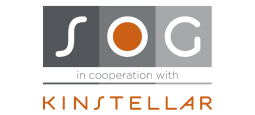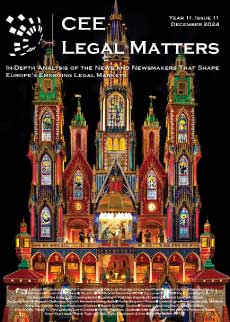As Serbia is gearing up for EU accession, harmonizing with EU legislation and business practices becomes not only mandatory, but also a market necessity. Although there are discrepancies between business practices in Serbia and in the EU, one thing seems to be unanimous: local businesses, just like their international counterparts, think ahead when it comes to securing their assets. This applies to every type of business, but it is prevailingly visible in local medium-sized to large businesses which predominantly handle and/or deal with IP portfolios. Nowadays, in the ever-evolving digital world, where almost information is at the reach of one’s hand – even to those located in remote corners of the world – attention and focus are being switched to ensuring the adequate protection of trade secrets. This process is happening in Serbia as well.
As trade secrets are considered valuable pieces of information and even valuable practices established within closed business systems, their value derives precisely from the fact that they are secret, and as such they afford their holders a certain leverage and competitive advantage over competitors in a given field.
Unlike classic intellectual property rights, which, with the exception of copyrights, are subject to a set of highly regulated formalities ensuring their protection, because trade secrets are not formally protected, careful handling of them becomes that much more important. As businesses often process a wide range of data such as customer and supplier lists and future business development and market strategy plans on top of their regular IP portfolios,the implementation of adequate mechanisms of protection against any type of misappropriation (either by theft, insider espionage, or a simple breach of confidentiality clauses) becomes of paramount importance.
Although Serbian legislation regulates the question of trade secret protection, it does so in an almost rudimentary way, by – among other things – simply defining what falls under the scope of a “trade secret,” offering protective measures based on the prior assessment of risks, and defining what falls under the scope of “illegal acquisition, use and disclosure of information.” In addition, there is also a clear lack of any supporting jurisprudence to fill in the gaps left by the legislator, thus depriving businesses of clear guidelines when it comes to improving their practices.
However, with the implementation of the proposed EU Directive 2016/943 of 8 June 2016 on the protection of undisclosed know-how and business information (trade secrets) against their unlawful acquisition, use and disclosure, planned for June 9, 2018, it seems that the joint efforts of the EU Commission, the EU Parliament, and the EU Council to unify disparities in legislation – and therefore practices regarding adequate protection of trade secrets across the states – will not only come to fruition to the benefit of its members states, but will also come at just the right moment for non-EU member countries like Serbia as well.
As mentioned above, therefore, observance of the new EU legislative improvements should not only be deemed mandatory for countries like Serbia that are well on their path towards EU accession, but should also be welcomed as providing more advanced solutions to the loopholes left in current regulatory frameworks.
Since the Directive is designed to offer a more balanced and stable environment for inventors and investors alike, with more unified implementation rules and more stringent sanctions, we are hopeful that it will have an impact both within and outside of the EU borders by further eradicating unfair competition practices and creating a more fertile ground for the safe development and safe sharing of innovative ideas.
By Dragomir Kojic, Partner, Tamara Bubalo, Associate, independent attorneys at law in cooperation with Karanovic & Nikolic
This Article was originally published in Issue 5.5 of the CEE Legal Matters Magazine. If you would like to receive a hard copy of the magazine, you can subscribe here.



